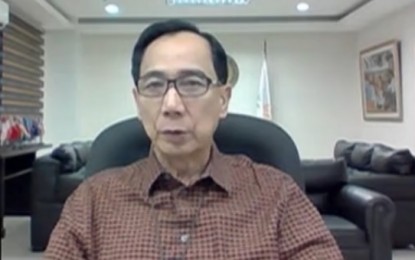

The most electric moment of his speech came at the end, when he drew on his evangelical Christian faith. history, known as the “Cross of Gold” speech.īryan’s eloquent call for an end to government favoritism toward business interests and the wealthy at the expense of farmers and the working class, and his defense of agrarian democracy against a backdrop of the nation’s growing urbanization, would resonate for generations to come. During the convention, he delivered what would become one of the most famous political orations in U.S. At 36 years old, with two terms in Congress and a failed 1894 run for Senate under his belt, Bryan was the party’s most outspoken and effective champion of silver.
#WILLIAM S DATO REPUBLICAN FREE#
When the Democrats convened in Chicago to choose their presidential candidate in July 1896, they repudiated Cleveland and changed courses dramatically, making free silver a central plank of their platform. William Jennings Bryan was a dominant force in the populist wing of the Democratic party in 1896. READ MORE: How the Gold Standard Contributed to the Great Depression William Jennings Bryan and the ‘Cross of Gold’


This would inflate the currency, increasing the prices farmers would receive for their crops and helping them pay back their debts more easily. Rather than rely on gold to back the nation’s money supply, they believed the country should use silver, which was much more abundant at the time. While President Cleveland favored the gold standard, many in the Populist Party and the rural, agrarian wing of the Democratic Party-including many farmers in the South and West-supported the Free Silver Movement. Thousands of businesses closed, and the nation suffered more than 10 percent unemployment for more than five straight years. The battle between McKinley and Bryan took place during an economic downturn that had begun in 1893, when two of the nation’s biggest employers, the Philadelphia and Reading Railroad and the National Cordage Company, collapsed, setting off a stock market panic. READ MORE: Populism in the United States: A Timeline Backdrop: Panic of 1893 Bryan’s appeal to America’s farmers and the working class, his passionate support of the free silver movement and his powerful speaking style galvanized both disaffected Democrats and members of the People’s (or Populist) Party, turning the election into one of the most hard-fought and consequential in the nation’s history. Governor William McKinley of Ohio easily won the Republican presidential nomination, and seemed poised for a smooth ride to the White House on his platform of economic protectionism and support for the gold standard, which defined the value of the nation’s currency in terms of how much gold it had in reserve.īut in an unexpected turn of events, the young Democratic Nebraska lawyer and former congressman Bryan challenged McKinley in 1896. With the nation mired in the aftermath of a serious economic depression and a deeply unpopular Democrat incumbent- Grover Cleveland-in the White House, the GOP had surged back in the most recent midterms to win control of both the House and Senate. Bryan’s campaign laid bare the diverging interests of those whose livelihoods were linked to urban institutions and those who lived by the land in rural America. But the emergence of a brash, young politician, William Jennings Bryan, soon turned the tide. As the presidential election year of 1896 began, things were looking rosy for the Republicans.


 0 kommentar(er)
0 kommentar(er)
